PARTNER ORGANIZATIONS

The Pacific Islands Climate Adaptation Science Center (PI-CASC) is a partnership between the US Geological Survey and a university consortium hosted by the University of Hawaiʻi at Mānoa, with the University of Hawaiʻi at Hilo and the University of Guam, designed to support sustainability and climate adaptation in communities across the Pacific Islands.

Established in 1907, the University of Hawaiʻi at Mānoa is the largest and oldest of the 10 UH campuses. Mānoa offers hundreds of undergraduate, graduate and professional degrees; a strong, vital research program; and nationally ranked NCAA Division I athletics. UH Mānoa is a research university of international standings.

Clark University was founded in 1887 as one of the first all-graduate institutions in the country. Today, Clark promotes a rigorous liberal arts curriculum within the context of a research experience that addresses challenges on a global scale.

The East-West Center promotes better relations and understanding among the people and nations of the United States, Asia, and the Pacific through cooperative study, research, and dialogue.

NIDIS mission is to improve the nation’s capacity to proactively manage drought-related risks by providing those affected with the best available information and resources to assess the potential for drought and to better prepare for, mitigate, and respond to the effects of drought.

The Hawaii Cattlemen’s Council, Inc. (HCC) is a non-profit organization working for the cattle producers of Hawaii in areas of education, promotion and research. HCC’s goal is to provide every cattle producer in the state the best opportunity to be both sustainable and profitable.
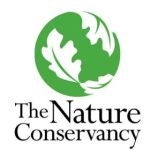
The Nature Conservancy is a global environmental nonprofit working to create a world where people and nature can thrive.

The Pacific Islands Development Program (PIDP) conducts a broad range of activities to enhance the quality of life in the Pacific islands.
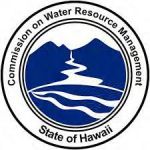
The Commission on Water Resource Management (CWRM) administers the State Water Code, which was created by the 1987 Hawai‘i State Legislature. The Commission’s mission is to protect and manage the waters of the State of Hawai‘i for present and future generations.
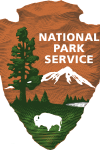
Since 1916, the National Park Service has been entrusted with the care of our national parks. With the help of volunteers and partners, NPS safeguard these special places and share their stories with more than 318 million visitors every year.
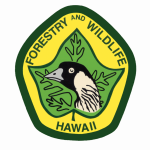
The mission of DLNR’s Division of Forestry and Wildlife is to responsibly manage and protect watersheds, native ecosystems, and cultural resources and provide outdoor recreation and sustainable forest products opportunities, while facilitating partnerships, community involvement and education.

Guided by the mission of helping people help the land, the USDA-Natural Resources Conservation Service (NRCS) collaborates with farmers, ranchers, communities and other individuals and groups to protect natural resources on private lands.

The USGS provides science about the natural hazards that threaten lives and livelihoods, the water, energy, minerals, and other natural resources we rely on, the health of our ecosystems and environment, and the impacts of climate and land-use change.
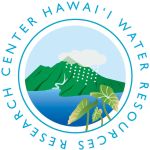
The Water Resources Research Center (WRRC) promotes cooperation among academic disciplines concerned with water issues and facilitates the transfer of research results to policy bodies and operational agencies. WRRC also promotes advanced education in water-related disciplines through the involvement of students and early career faculty in research projects.

The Pacific Research on Island Solutions for Adaptation (Pacific RISA) NOAA Climate Adaptation Partnership (CAP) team supports Pacific island and coastal communities in adapting to the impacts of climate variability and change. They strive to enhance Pacific communities’ abilities to understand, plan for, and respond to changing climate conditions.

NOAA is an agency that enriches life through science. Their reach goes from the surface of the sun to the depths of the ocean floor as they work to keep the public informed of the changing environment around them.

The University of Guam empowers the region by uniting island wisdom with universal sources of enlightenment to support exceptional education, discovery, and service that respect and benefit local and global communities.

The U.S. Department of Agriculture (USDA), Forest Service connects people to nature and to each other. As a Federal agency in service to the American people, the Forest Service cares for shared natural resources in ways that promote lasting economic, ecological, and social vitality. In doing this, the agency supports nature in sustaining life.

Pacific Geospatial Services, LLC. (PacGeoS) is a minority and woman owned small business, owned and operated in Hawaiʻi. PacGeoS focuses on projects throughout Hawaiʻi and the Pacific with an emphasis on leveraging GIS to address thematic issues impacting Hawaiʻi. PacGeoS works on sustainability, cultural and environmental preservation, zero waste, carbon neutral, food and energy independence, as well as other projects benefiting Hawaiʻi. PacGeoS is a proponent of cultivating local STEAM expertise and industry.

The Hawai’i Geographic Information Coordinating Council (HIGICC) is a private non-profit 501(c)(3) organization consisting of members of Hawai’i’s geospatial community. Their goal is to provide coordination of geospatial activities among a wide range of users in order to avoid duplication of effort, promote data sharing, and maintain data standards throughout the state.

